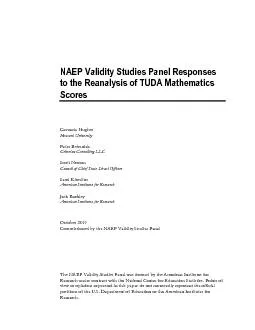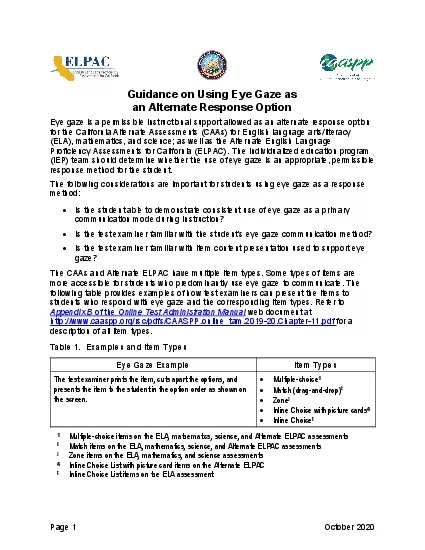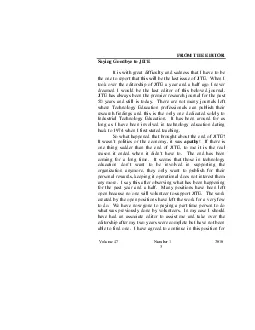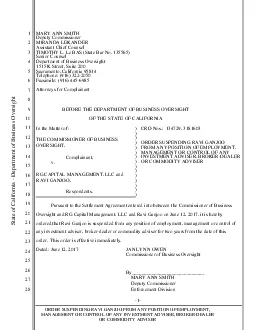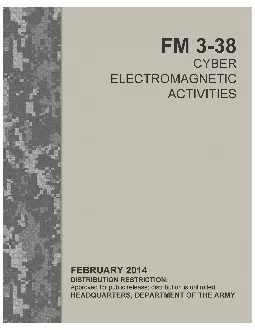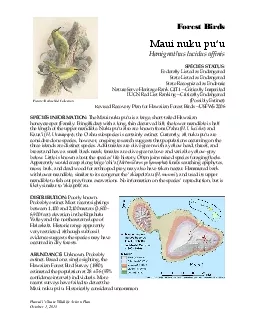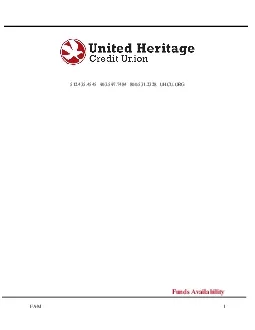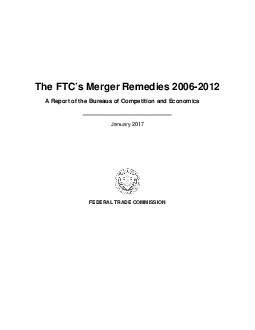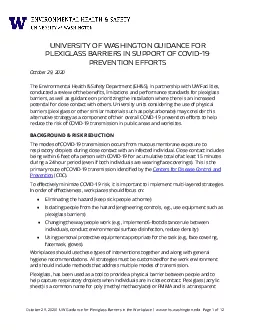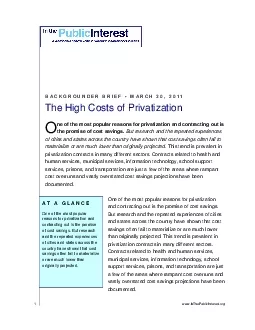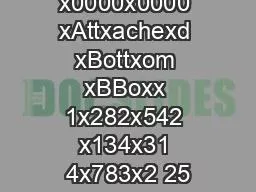PDF-x0000x0000 xAttxachexd xBottxom xBBoxx
Author : tremblay | Published Date : 2021-07-02
NAEP Validity StudiesPanelResponses to the Reanalysis ofTUDAMathematics Scores Gerunda HughesHoward UniversityPeter BehuniakCriterion Consulting LLCScott NortonCouncil
Presentation Embed Code
Download Presentation
Download Presentation The PPT/PDF document "x0000x0000 xAttxachexd xBottxom xBBoxx" is the property of its rightful owner. Permission is granted to download and print the materials on this website for personal, non-commercial use only, and to display it on your personal computer provided you do not modify the materials and that you retain all copyright notices contained in the materials. By downloading content from our website, you accept the terms of this agreement.
x0000x0000 xAttxachexd xBottxom xBBoxx: Transcript
Download Rules Of Document
"x0000x0000 xAttxachexd xBottxom xBBoxx"The content belongs to its owner. You may download and print it for personal use, without modification, and keep all copyright notices. By downloading, you agree to these terms.
Related Documents

